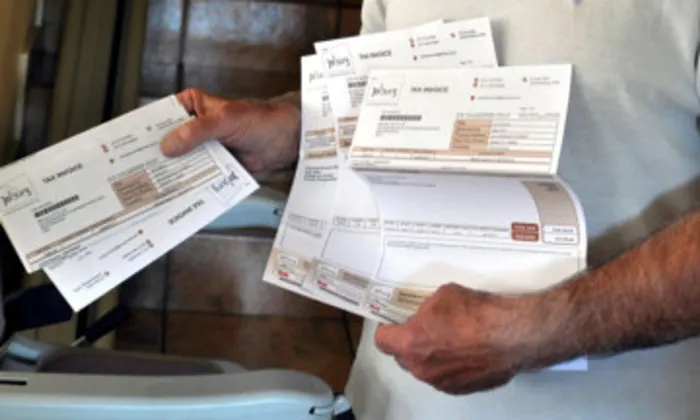Treasury defends municipalities against Sapoa rates claims

Sapoa said the increases were not only inflationary, as alluded to by the SA Reserve Bank recently, but also threatened the viability of commercial property tenants who form the bulk of ratepayers in most metropolitan municipalities. Picture: Timothy Bernard (ANA)
The National Treasury has come to the defence of local municipalities who have been accused of hiking property rates way above inflation and which had slowed the economies in five metropolitan areas.
Last week, the South African Property Owners Association (Sapoa) said municipalities had been charging exorbitant commercial property rates that contravene Treasury guidelines.
Sapoa said the increases were not only inflationary, as alluded to by the SA Reserve Bank (SARB) recently, but also threatened the viability of commercial property tenants who form the bulk of ratepayers in most metropolitan municipalities.
According to Sapoa, municipalities have regularly increased rates by more than 10% per annum over the past few years, far more than the annual consumer price index (CPI), with water and property rates increasing 140% between 2010 and 2021, almost double the rise in inflation.
However, Treasury yesterday said it was critical for municipal sustainability to adequately recover what it cost to deliver municipal services while parallel facilitating the maintenance of existing infrastructure and investing in the future growth of the municipal area.
Treasury said, in principle, this meant that the overall revenue requirement must recover the actual cost of the municipality with a reasonable rate of return.
However, Treasury said if a municipality’s tariffs were not cost reflective, it could result in the opposite to the effect that Council was cross-subsidising services through property rates.
“In terms of the existing financial- and fiscal framework, property taxes are managed and controlled by a decentralised government with the ultimate decision for imposing rates vesting with municipal councils,” it said.
“Similarly, service charges are decentralised, however, within the national cross-sectoral frameworks such as National Energy Regulator of SA that approves municipal electricity tariffs.
“As such, the National Treasury guidelines must be considered by a municipality. However, if the specific local context necessitates a higher increase, the National Treasury guidelines does not prevent a municipality from imposing tariffs/rates that are higher but requires that council substantiate these increases also in the related public consultation processes when engaging communities on the Medium Term Revenue and Expenditure Framework.”
Treasury sets norms and standards which include annual guidance to municipalities on tariff increases within the wider context of the bigger economy and related inflation.
Sapoa CEO Neil Gopal yesterday said they fully appreciated and understood the need for municipalities to recover costs for service delivery and upgrading of infrastructure.
However, Gopal said their research, backed up to a degree by the Auditor-General’s finding, reflected a different reality.
“Municipalities, in many instances, ignore the National Treasury guidelines as this is merely a guideline and not legally enforceable. Hence we are seeing property rates increasing way above and faster than CPI increases,” he said.
Gopal said the largest expenditure line item in municipal finances was related to employee costs.
“Considering just the municipal expenditure distribution, rising employee costs and increasing spending on electricity purchases have been the main drivers behind the escalation in overall municipal spending,” Gopal said.
“In fact, rising employee costs and electricity purchases accounted for 30% and 24%, respectively, of the overall rise in municipal spending during the 2010-21 period.
“These increases coincided with a systematic deterioration in the quality of services that our municipalities should provide. This situation is unsustainable, and this trend continues to diminish the appeal of investing in the country’s real estate market.”
BUSINESS REPORT